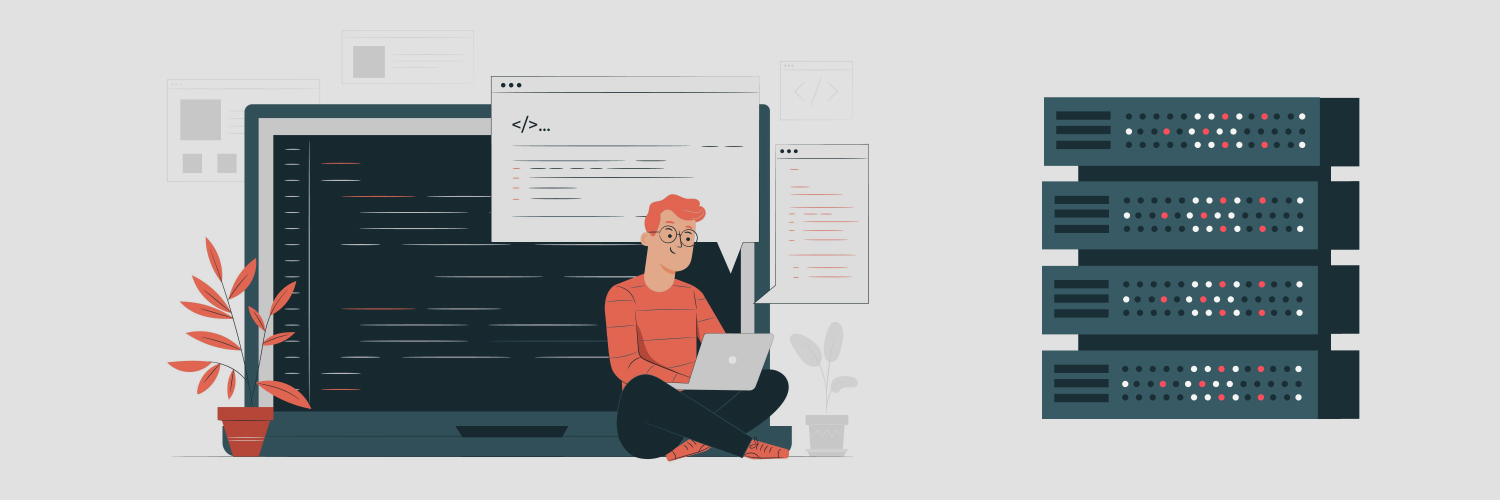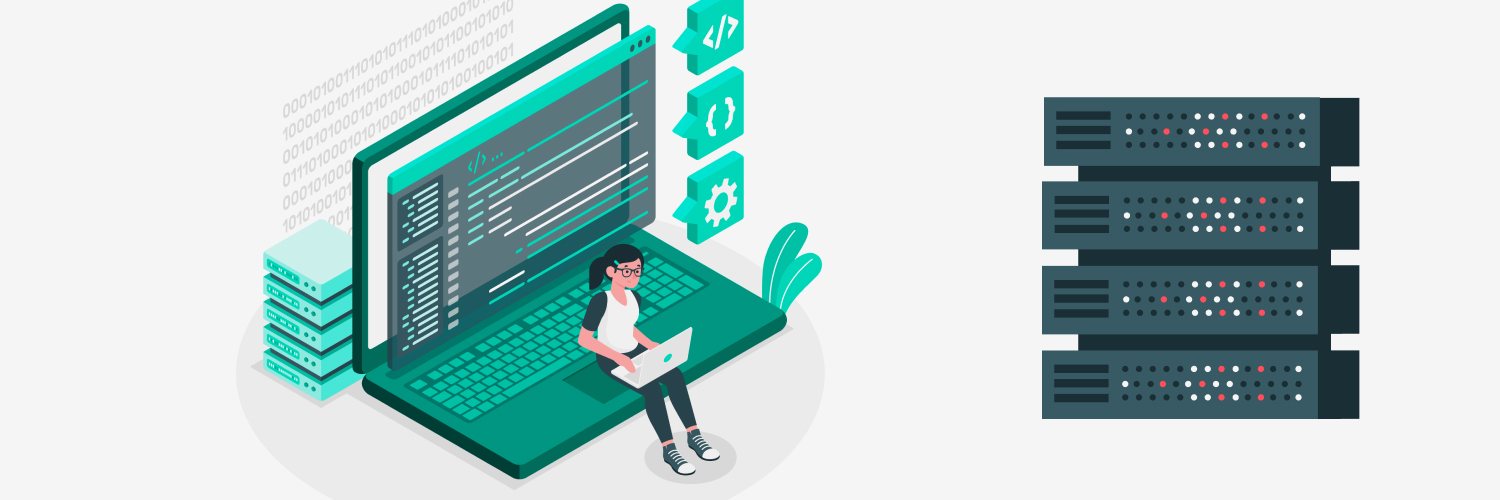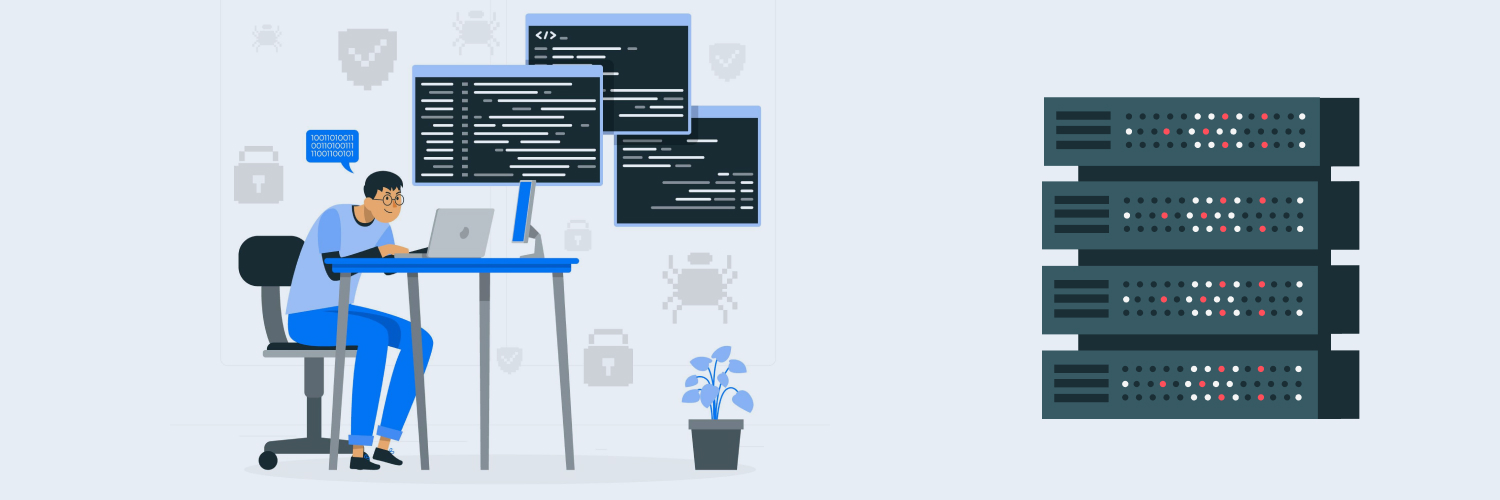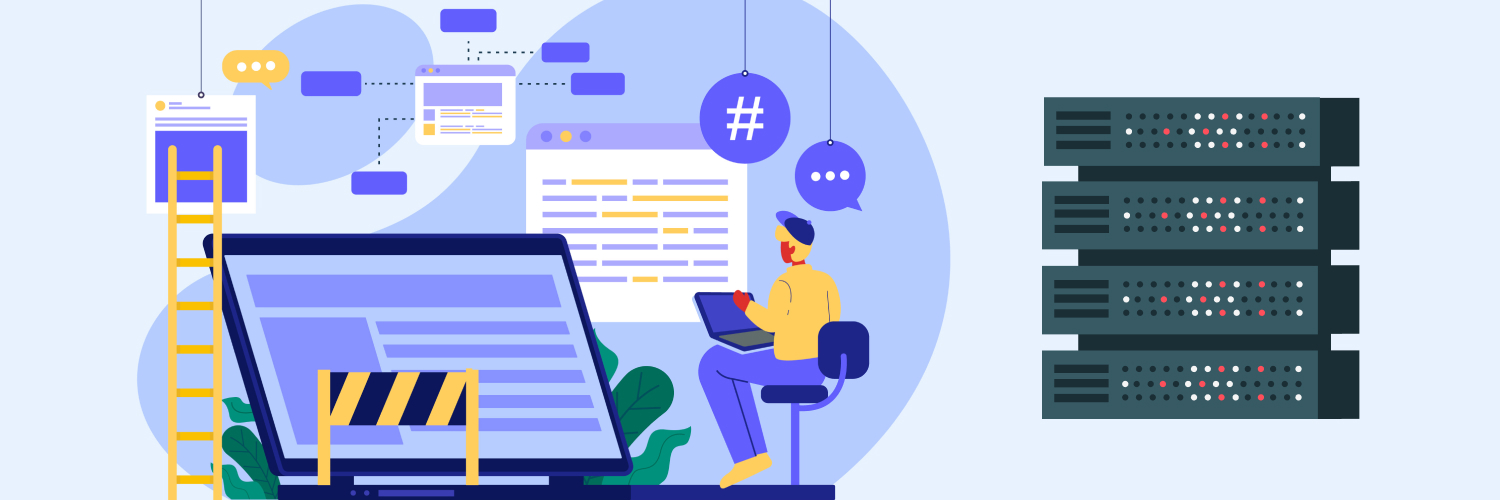Get Started with lxml Scraping
With web scraping becoming increasingly popular in recent years, you may have heard of web scraping with Python lxml. At first glance, it may seem difficult — particularly since it has so many functions. However, once you break it down, it’s quite easy to get into if you already have a basic understanding of Python, XML, and HTML.
Read on to learn more about lxml, how to scrape websites with Python and lxml, the best proxies to use for web scraping in lxml, and the best practices for lxml web scraping.
If you’re looking for specific information, use the table of contents to jump to a section.
What is lxml?

lxml is an easy-to-use library for processing HTML and XML in the Python programming language. An intuitive choice for beginner scrapers, lxml has many features and combines the completeness and speed of C libraries libxml2 and libxslt with the simplicity that only a native Python API can provide.
Why should you use lxml for scraping? lxml is preferred by many Python developers because it provides several major advantages:
- It can boost performance. Writing and reading large XML files takes a very long time with other libraries, but with Python lxml, data processing is much faster.
- It makes programming easier. Python lxml library is more flexible, adaptive, and uses easy syntax compared to other packages.
- It supports XPath. This makes managing complex XML structures a lot easier.
- It works well with “soupy” HTML. In other words, you can use lxml to clean scraped HTML.
There are some disadvantages to using Python lxml, however. These include:
- It doesn’t work well with poorly designed HTML.
- Although it’s generally beginner-friendly, some lxml HTML scrapers who are comfortable with HTML or XML but don’t know a lot of Python can find it hard to grasp.
How to Scrape with Python and lxml

Here’s how you can build a web scraper to do HTML scraping with Python and lxml.
1. Install lxml.
The best way to do this is to download and install the lxml library from the Python Package Index or PyPI.
- You can also run the following command on Windows, Mac, and Linux: pip install lxml. This will instantly install all the dependencies for installing python lxml.
2. Install the “requests” library.
Run the following command: pip install requests. This will install the requests library.
You can now use lxml to retrieve the HTML of any web page using a get() method. For instance, you can extract a list of countries by population in 2015:
import requests
from lxml import html
response = requests.get(‘https://en.wikipedia.org/wiki/List_of_countries_by_population_in_2015’)
tree = html.fromstring(response.text)
countries = tree.xpath(‘//span[@class=”flagicon”]’)
for country in countries:
print(country.xpath(‘./following-sibling::a/text()’)[0])
This code snippet parses the HTML returned by response.text into the variable tree. You can easily extend this code to read any HTML attribute. For instance, you can modify the code to print the image URL of the country flags and names.
The Best Proxies to Use for Web Scraping in lxml

To get the most out of lxml scraping, you need to use top-notch proxies. Otherwise, websites can sense that you are using a bot and block you from accessing them. Here are some of the best proxies to use for web scraping in lxml.
Rotating residential IPs
Using a regular residential proxy isn’t enough sometimes. Rotating residential proxies are the solution to the problems you may encounter with typical residential — and public — proxies.
Unlike regular residential proxies which only conceal your IP address behind another IP, Rayobyte’s rotating residential proxies hide you behind a pool of proxies. These proxies regularly switch at intervals so you can fool websites into thinking that you are many different users instead of one user using multiple IPs.
By putting our rotating residential proxies to use, you’ll experience:
- Fewer proxy bans: You can focus on reaching your goals quickly and effectively.
- A personal partnership with us: At Rayobyte, we will create custom solutions for you. Our CEO may even work with you to get the most out of our software!
- World-class support: Our team is available 24/7 to help you get the most out of our residential proxies.
- Unmatched commitment to ethics: We aim to set the highest standards for ethical acquisition and usage of proxies in the scraping industry. Learn more about our ethical standards regarding residential proxies here.
Proxy Pilot
Rotating residential IPs are already a step up from the usual residential proxies that many use by default. However, powerful, all-in-one proxy applications like Proxy Pilot will make your scraping projects run even more effectively and efficiently.
Proxy Pilot does all of the following and more for free:
- Detects bans
- Handles retries
- Supports geo-targeting
- Handles cooldown logic
- Provides advanced statistics
What’s more, it only takes around 10 minutes to set up. All you have to do is input a few lines of code so the Proxy Pilot team can read the HTML pages for ban detection and decrypt your proxy connections.
Although the project is in beta right now, it’s already helping many users like you. If you have any questions or concerns, we at Rayobyte offer one-on-one Slack support for all beta users. You can also read Proxy Pilot’s documentation here and email our Vice President of Technology with the email address provided on the beta signup form.
Best Practices for lxml Web Scraping

Before you start lxml web scraping with rotating residential IPs, you need to keep the following web best practices in mind:
- Respect your target site’s robots.txt. In other words, be nice and respect your target website’s rules. Pay attention to how frequently you should scrape, which pages allow scraping, and which ones don’t. You need to respect all rules even if you find some of them unfair since the owners of the website have the right to limit certain actions.
- Don’t overload the server. Bots typically move fast, but if yours move too fast and send too many requests, that could overload the server. Avoid this by putting random delays between requests and using auto throttling mechanisms to adjust the crawling speed based on the load on the target website.
- Use headless browsers like Playwright or Selenium. To avoid getting IP blocked, you need to use a real browser. Tools like Selenium and Playwright will help you automate headless versions of real browsers like Chrome and Firefox to lower the chances of getting caught by anti-scraping tools.
Conclusion

Now that you’ve read our lxml scrape tutorial, you know the best proxies to use for scraping and the best practices for lxml web scraping. This means you’re well-equipped to start web scraping with lxml.
To make the most out of our lxml tutorial, get started with Rayobyte’s rotating residential proxies today. By using our world-class proxies, you’ll get fewer bans, top-notch customer support, unmatched ethical convictions, and more.
You should also consider getting our free Proxy Pilot tool. User-friendly and easy to set up, Proxy Pilot allows you to manage retries, cooldowns, and more — all with just a few clicks of your mouse.
The information contained within this article, including information posted by official staff, guest-submitted material, message board postings, or other third-party material is presented solely for the purposes of education and furtherance of the knowledge of the reader. All trademarks used in this publication are hereby acknowledged as the property of their respective owners.






